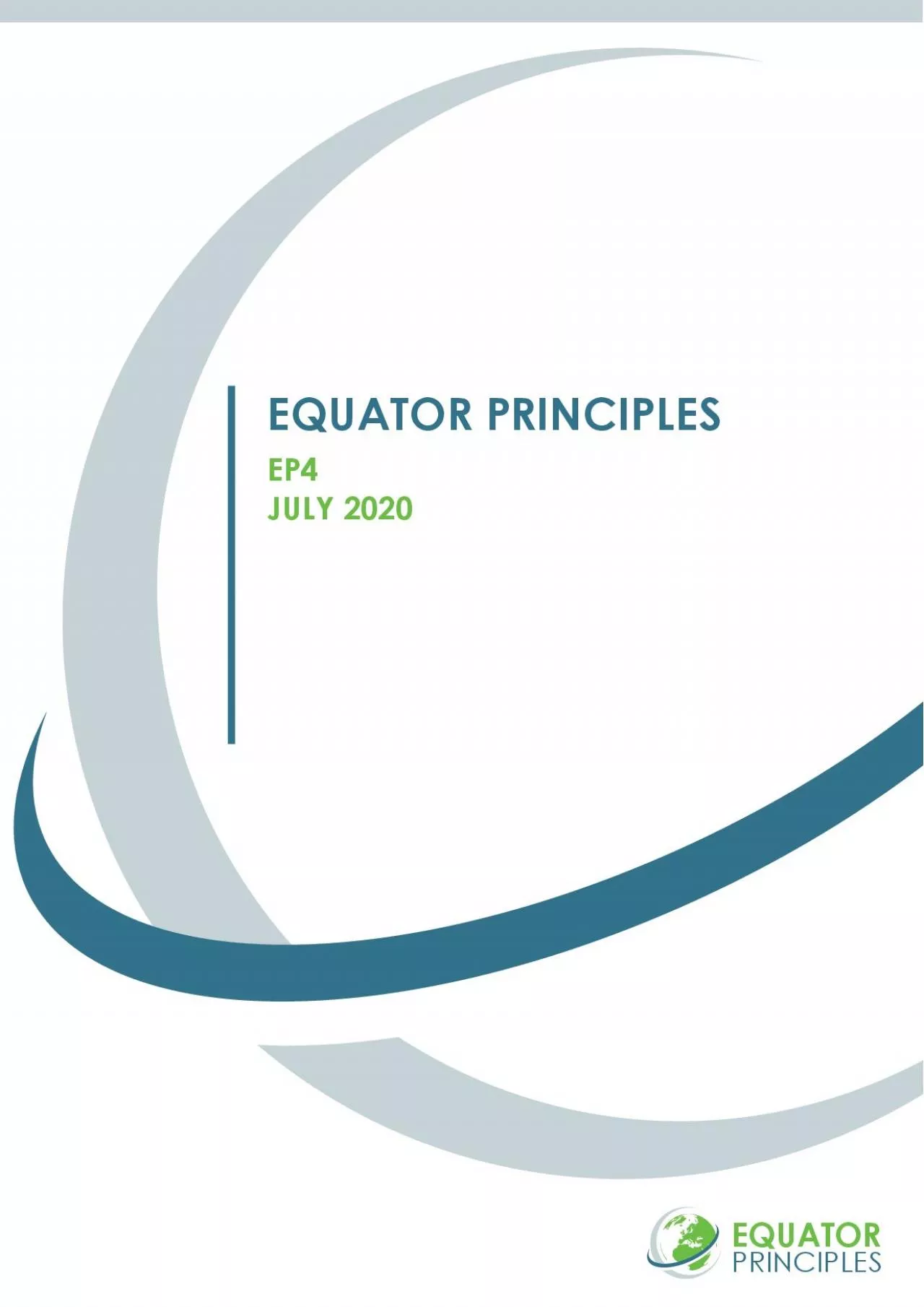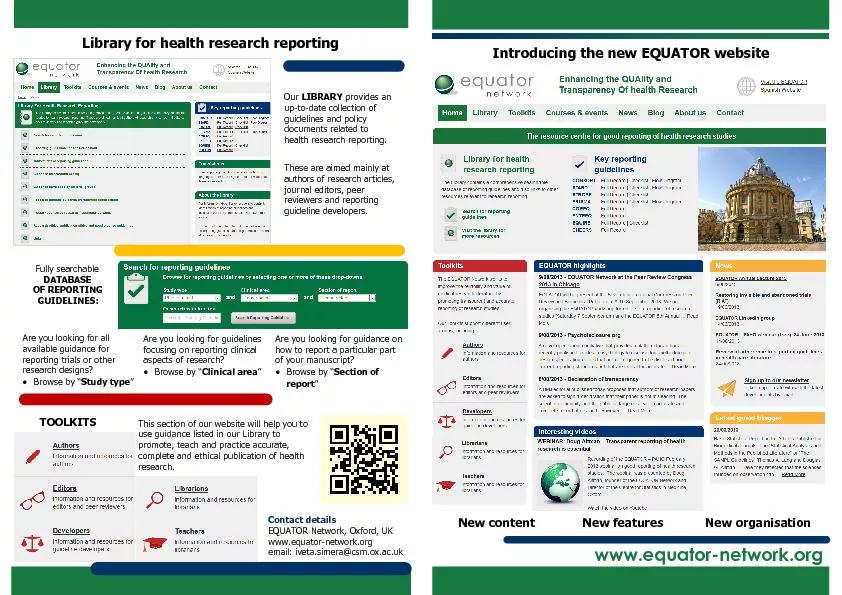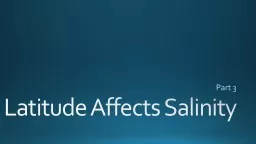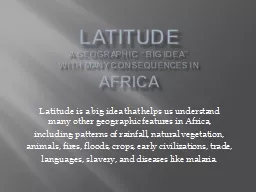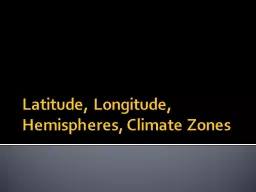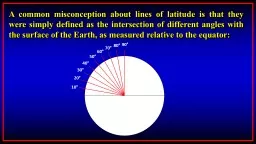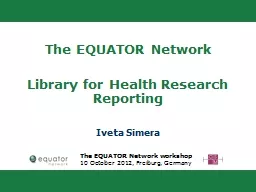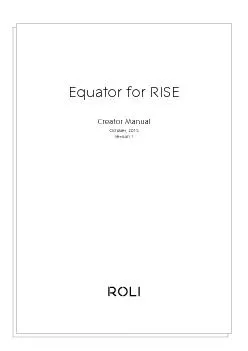PDF-THE EQUATOR PRINCIPLES
Author : nicole | Published Date : 2021-09-28
0JULY 2020A financial industry benchmark for determining assessingand managing environmental and social risk in projectswwwequatorprinciplescom1CONTENTSPREAMBLE3SCOPE5APPROACH6STATEMENT
Presentation Embed Code
Download Presentation
Download Presentation The PPT/PDF document "THE EQUATOR PRINCIPLES" is the property of its rightful owner. Permission is granted to download and print the materials on this website for personal, non-commercial use only, and to display it on your personal computer provided you do not modify the materials and that you retain all copyright notices contained in the materials. By downloading content from our website, you accept the terms of this agreement.
THE EQUATOR PRINCIPLES: Transcript
Download Rules Of Document
"THE EQUATOR PRINCIPLES"The content belongs to its owner. You may download and print it for personal use, without modification, and keep all copyright notices. By downloading, you agree to these terms.
Related Documents

